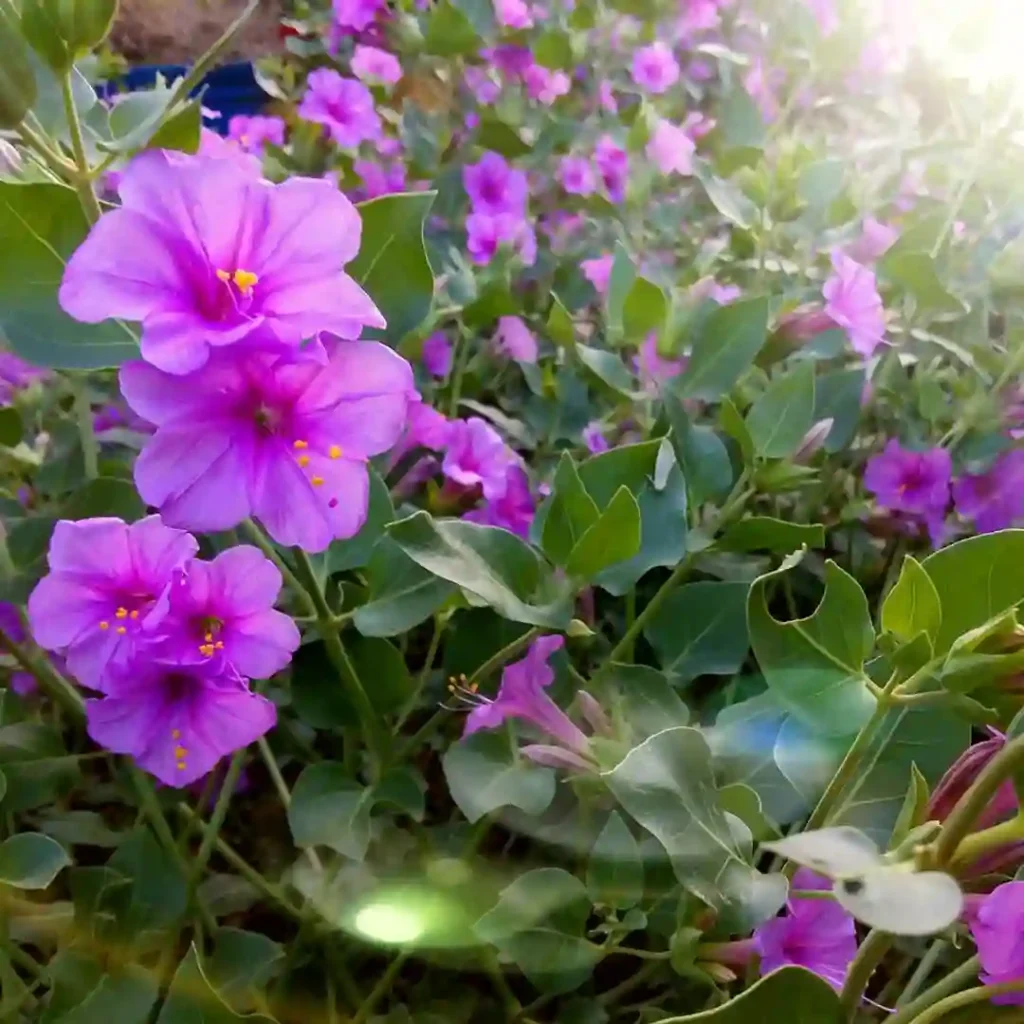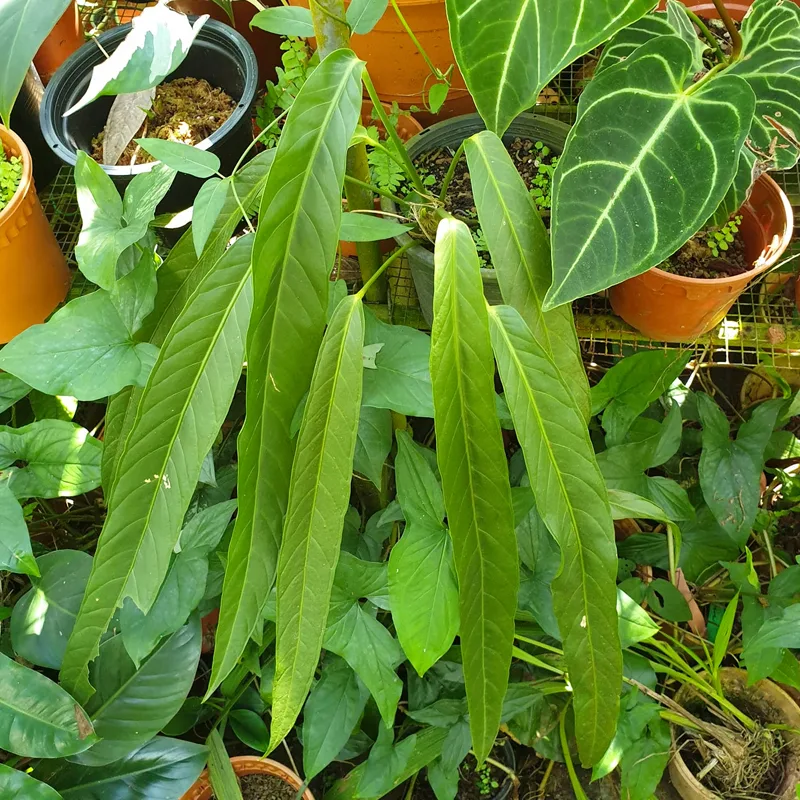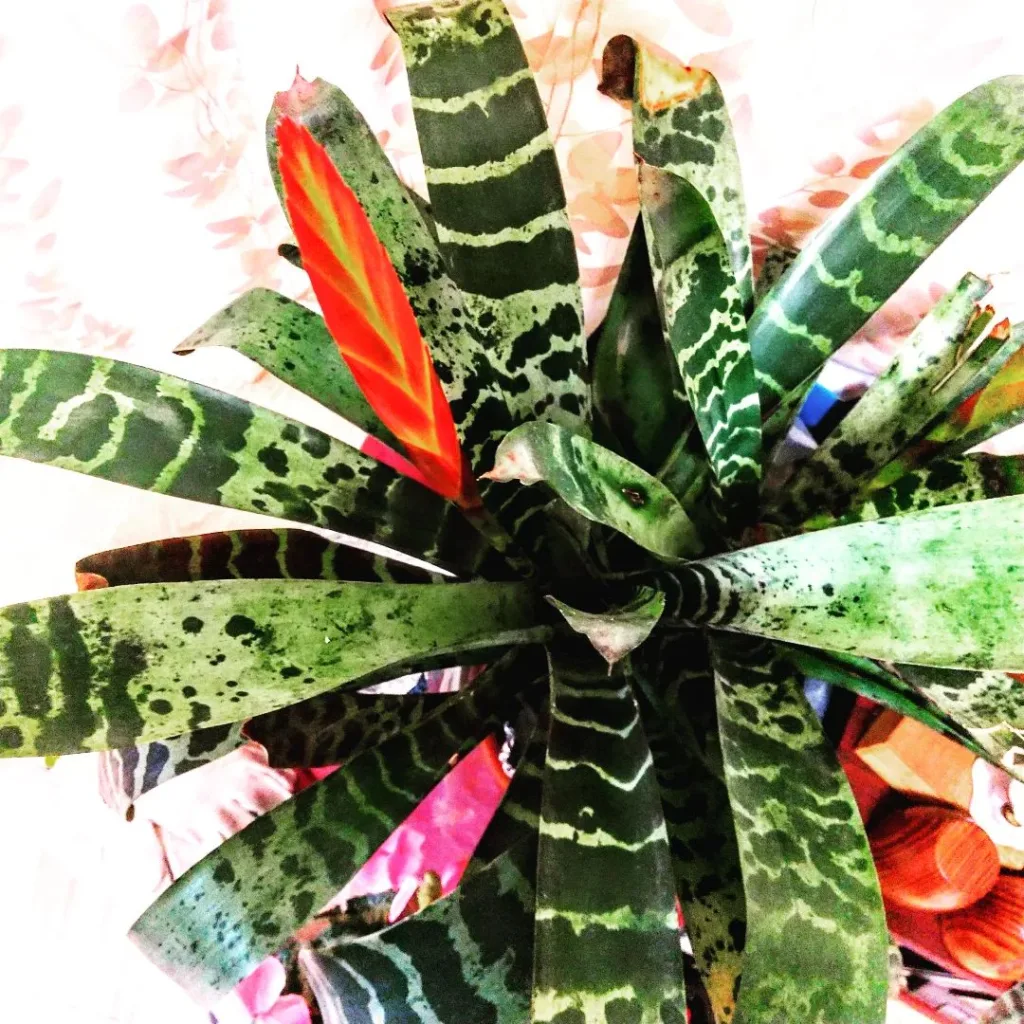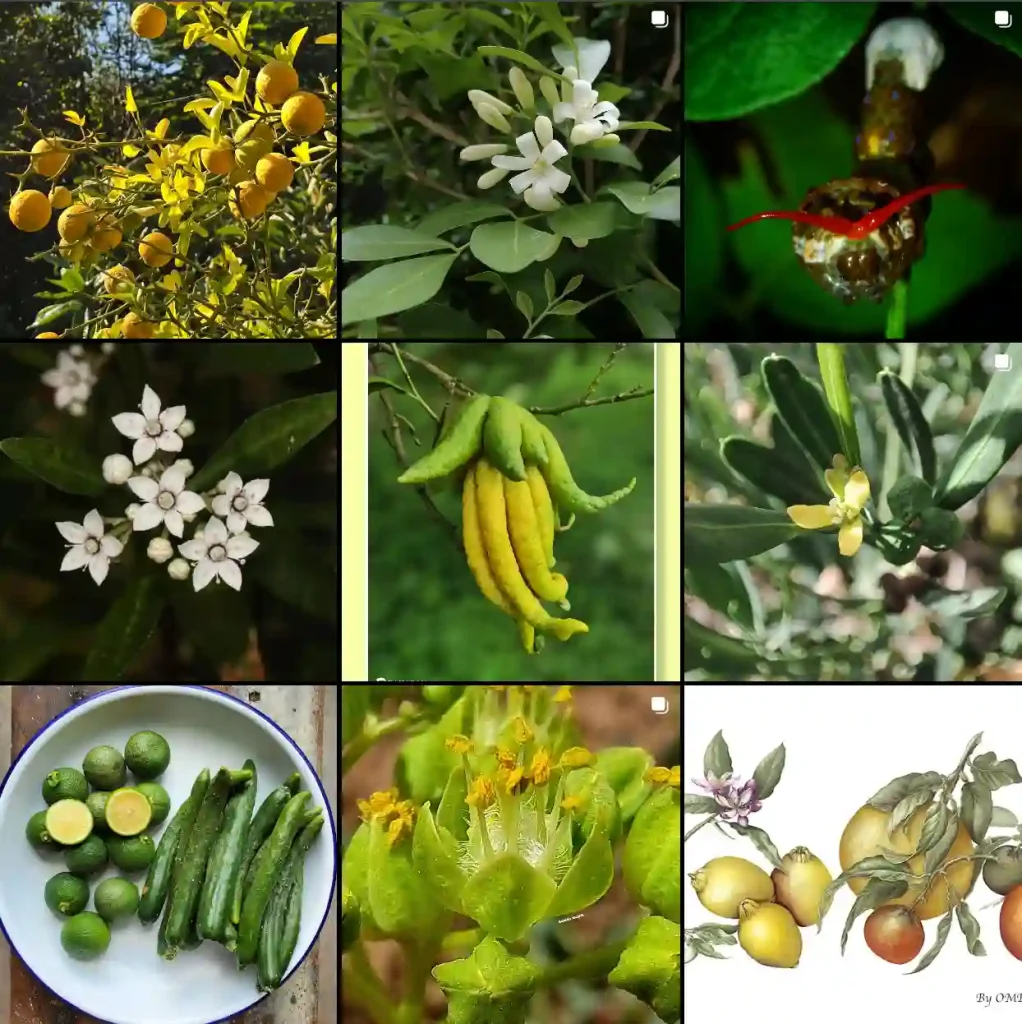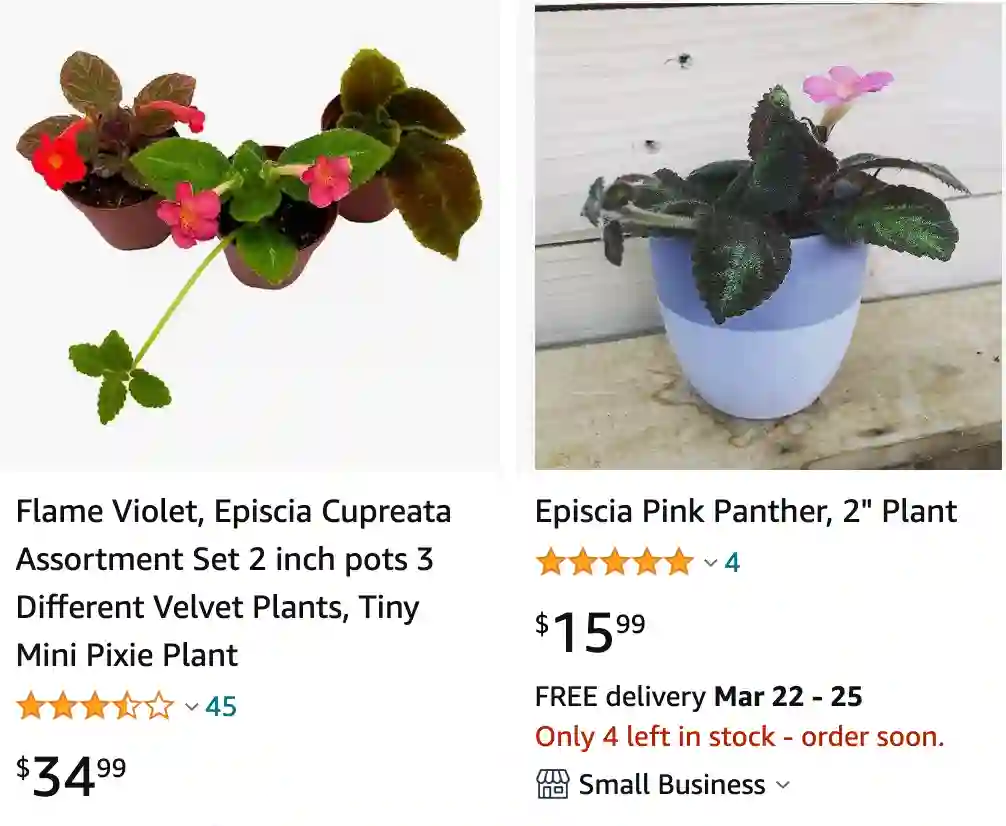
What is Episcia?
Episcia is a genus of flowering plants in the Gesneriaceae family, closely related to African violets. These tropical plants are known for their striking foliage and colorful, tubular flowers. They are often grown for their ornamental leaves, which can come in various shades of green, red, bronze, and silver.
Episcia species
- Episcia andina Wiehler
- Episcia cupreata (Hook.) Hanst. Plant FAQs: Episcia Cupreata
- Episcia duidae Feuillet
- Episcia fimbriata Fritsch
- Episcia lilacina Hanst.
- Episcia prancei Wiehler
- Episcia reptans Mart.
- Episcia rubra Feuillet
- Episcia sphalera Leeuwenb.
How to care for Episcia plants?
Here’s how to care for them:
Light:
- Episcias thrive in bright, indirect sunlight. Avoid harsh afternoon sun, especially in hot climates, as it can scorch the leaves.
- Not enough light will cause the plant to stretch, lose its vibrant colors, and develop fewer leaves.
Watering:
- Keep the soil moist but not soggy. Water deeply when the top inch of soil feels dry to the touch.
- Avoid overwatering, which can lead to root rot.
- You can use a moisture meter to help you determine when to water.
- Water with lukewarm water to avoid shocking the plant.
Humidity:
- Episcias prefer high humidity levels (around 50-70%). You can increase humidity by:
- Misting the plant regularly with lukewarm water (avoiding the flowers)
- Placing the pot on a pebble tray filled with water (ensure the pot sits above the water level)
- Grouping your Episcia with other humidity-loving plants
Temperature:
- Ideal temperatures for Episcias are between 65-80 degrees Fahrenheit (15-27 degrees Celsius).
- Protect them from cold drafts and sudden temperature fluctuations.
Soil and Potting:
- Use a well-draining, light, and airy potting mix. A mixture of African violet potting mix with perlite or orchid bark will work well.
- Ensure your pot has drainage holes to prevent waterlogging.
Fertilizing:
- During the growing season (spring and summer), fertilize your Episcia once a month with a balanced liquid fertilizer diluted to half strength.
- Avoid fertilizing in fall and winter.
Pruning:
- You can pinch off leggy stems or spent flowers to encourage bushier growth and blooming.
- Use sterilized pruning shears to make clean cuts.
Pests and Diseases:
- Watch out for common houseplant pests like mealybugs, spider mites, and scale. Neem oil solution is an effective way to deal with these.
Additional Tips:
- Repot your Episcia every 1-2 years or when the plant becomes rootbound.
- Episcias can be propagated by leaf cuttings.
By following these tips, you can enjoy your beautiful Episcia plants for many years to come!
How to propagate Episcia?
Episcia plants can be easily propagated through stem cuttings, leaf cuttings, or by dividing runners. For stem cuttings, cut a healthy stem with several leaves and place it in water or directly into moist potting soil. Leaf cuttings involve cutting a healthy leaf and planting it in soil. The runners (stolons) can be separated from the mother plant and potted up individually. Keep the cuttings or runners in a warm, humid environment until they establish roots.
How to water Episcia plant?
Water Episcia plants when the top inch of soil feels dry. Use room-temperature water and water thoroughly until it drains out of the bottom of the pot. Avoid letting the plant sit in standing water, as this can lead to root rot. During the growing season, you might need to water more frequently, while in the dormant season, reduce watering.
Is Episcia an indoor plant?
Yes, Episcia is commonly grown as an indoor plant due to its preference for warm, humid conditions and bright, indirect light. It can also be grown in terrariums or other controlled environments that replicate its native tropical habitat.
Where to buy Episcia plant?
Episcia plants can be purchased from local nurseries, garden centers, or specialty plant shops. They are also available from online retailers and plant sellers who specialize in exotic or tropical houseplants.
How to make Episcia bloom?
To encourage blooming, provide Episcia with optimal growing conditions: bright, indirect light, consistent moisture, and high humidity. Regular feeding with a balanced fertilizer during the growing season can also promote flowering. Ensure the plant is not root-bound by repotting if necessary, and remove any dead or dying foliage to encourage healthy growth.
How to prune Episcia?
Prune Episcia to maintain its shape and remove any dead or damaged leaves. Use clean, sharp scissors or pruning shears to trim back leggy growth and encourage bushier, more compact growth. Pruning can also help prevent disease and pest issues by improving air circulation around the plant.
How to repot Episcia?
Repot Episcia every 1-2 years or when it becomes root-bound. Choose a pot that is one size larger than the current one and has drainage holes. Use fresh, well-draining potting mix. Gently remove the plant from its old pot, loosen the roots, and place it in the new pot. Fill in with soil around the roots and water thoroughly to settle the soil. Repotting is best done in the spring or early summer when the plant is actively growing.
If i die, water my plants!
